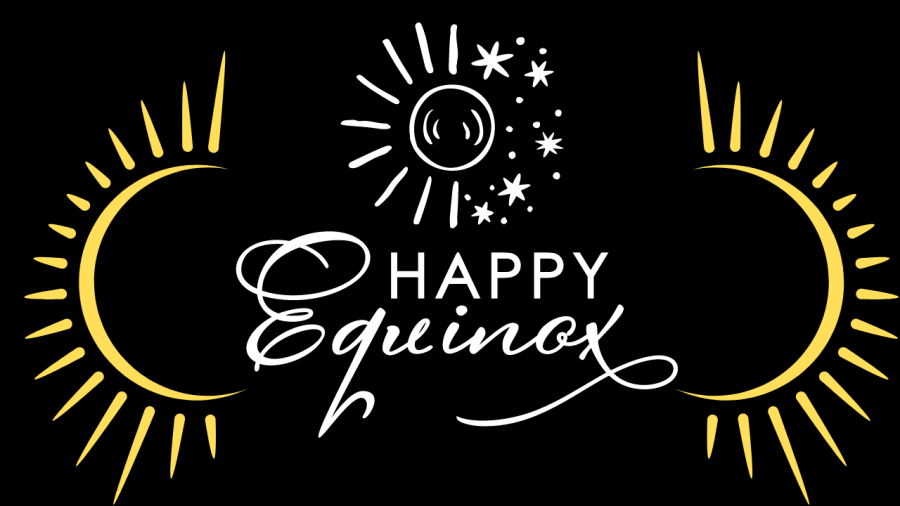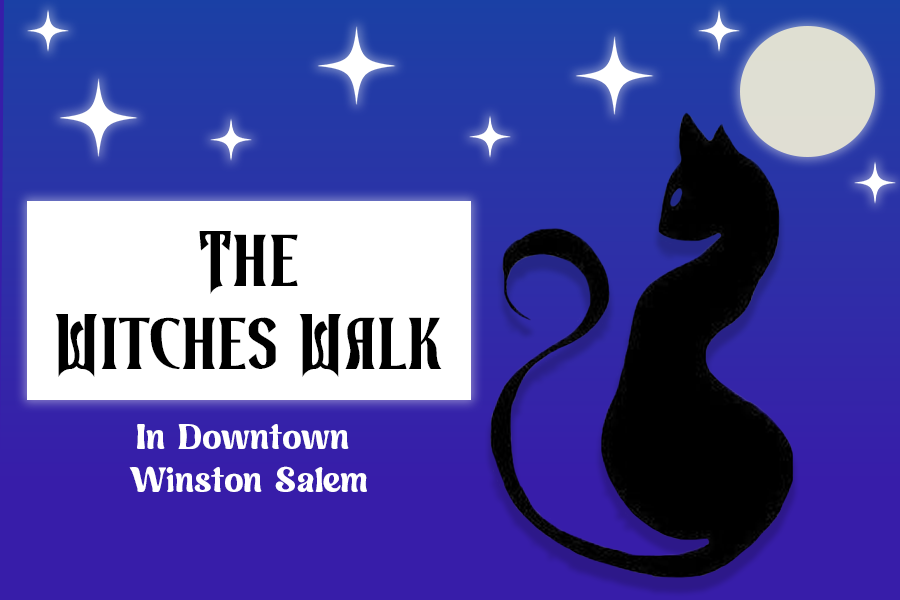Spring Into A New Season: Everything you “autumn” know about equinoxes
March 16, 2022
March 20 is coming up soon, and with that date comes longer days, warmer weather and the first official day of a new season. This day is often referred to as the spring equinox or vernal equinox, but many have no idea why this term is actually used. Here’s everything you need to know about equinoxes.
Equinoxes versus solstices
Though many don’t know it, there is a difference between equinoxes and solstices, despite them both being the first days of new seasons.
“Equinoxes are days where there’s roughly equal day and night [all across the world],” science teacher Karl Koeval explained. “The solstices are when the sun passes over the Tropic of Cancer in June and Tropic of Capricorn in December. These [solstices and equinoxes] correspond to the astronomical seasons.”
Both terms originate in Latin, with equinox translating to “equal night,” and solstice translating roughly to “the sun standing still.” These are the days of the year with the most and least sunlight respectively.
“Solstices were more important [to the Romans than the equinoxes],” Latin teacher Lee Harris said. “But there were also the two equinoxes, which were the spring and the fall… it’s kind of what they did to break the year down into fourths.”
“Crossing the equator”
March 20 or March 21 every year is when the Northern Hemisphere begins to tilt more towards the sun than the Southern Hemisphere. This happens in reverse in September, when the sun crosses the equator heading south, or when the Southern Hemisphere begins to tilt more towards the sun than the Northern Hemisphere. Therefore, the seasons in the Southern Hemisphere are opposite the ones we experience. March marks the beginning of fall for them and September the beginning of spring.
“The equinox is when the sun passes over the equator. It happens at an exact time, because technically, it’s when the center of the sun crosses right over the equator… if you live on the equator, the sun will be directly over your head on the equinoxes,” Koeval said.
Date and time
Even though the equinoxes always happen around the same time of year, exact dates and times vary. This is due to the fact that the determining factor of these events is the change of the Hemisphere that the sun is more pointed towards. That being said, there are slight differences between dates year to year. This year, the spring equinox will take place on March 20 at 11:33 a.m. and the fall equinox on Sept. 22 at 9:03 p.m. March equinoxes are reliably on either March 20 or 21, while September equinoxes vary a little bit more. Most of the time, they either take place on Sept. 22 or Sept. 23, but they can also occur on Sept. 21 and Sept. 24. While a fall equinox has not occured on Sept. 21 for thousands of years, it will happen twice before this century is over, in the years 2092 and 2096. A Sept. 24 equinox has happened more recently, the last one being in 1931, but the next one will not occur until the year 2303.
With your new equinox trivia, set your alarms for 11:33 p.m. on March 20 to welcome back spring.






